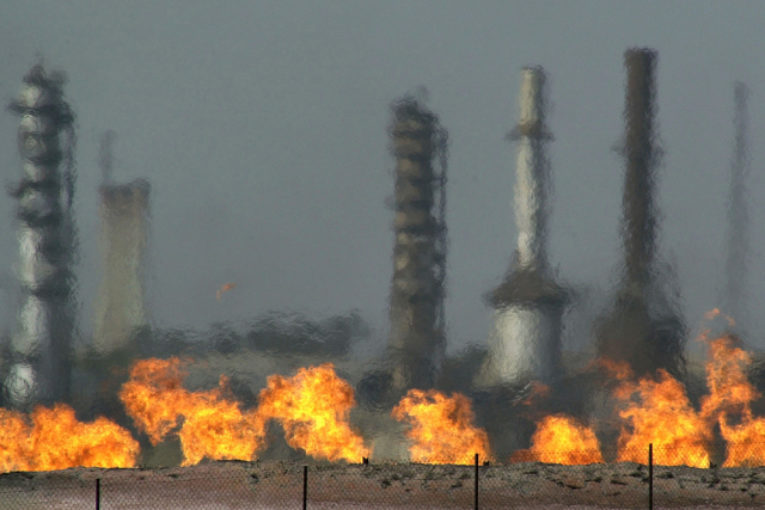
LONDON — Oil prices fell 4 per cent on Tuesday after reports of swelling inventories and forecasts of record U.S. and Russian output combined with a sharp sell-off in stock markets as the outlook for global growth deteriorated.
U.S. crude oil dropped US$2.04, or 4.1 per cent, to a low of US$47.84, its weakest since September 2017, before recovering to around US$48.55 by 1140 GMT.
North Sea Brent crude lost US$2.41, or 4.0 per cent, to US$57.20, a 14-month low. It last traded around US$58.21, down US$1.40.
Both crude oil benchmarks have shed more than 30 per cent since early October due to swelling global inventories.
World stock markets tumbled on Tuesday as fears about a slowing global economy gripped investors, just as the U.S. Federal Reserve looked set this week to deliver its fourth interest-rate hike of the year.
Germany’s Ifo economic institute said its business climate index fell for the fourth month in a row to its lowest in over two years, adding to the worries about global growth.
Japan’s Nikkei lost 1.8 per cent after U.S. stocks dropped to their lowest in more than a year.
“A large part of the move is due to a broader market sell-off, with both U.S. and Asian equity markets coming under pressure,” said commodities strategist Warren Patterson at Dutch bank ING in Amsterdam.
“Specifically for the oil market, there are no clear signs yet of the market tightening,” he added.
The Organization of the Petroleum Exporting Countries and other oil producers agreed this month to curb production by 1.2 million barrels per day (bpd), equivalent to more than 1 per cent of global demand, in an attempt to drain tanks and boost prices.
But the cuts won’t happen until next month and meanwhile production has been at or near record highs in the United States, Russia and Saudi Arabia, undermining spot prices.
Russian oil output has hit a record 11.42 million bpd this month, an industry source familiar with the data told Reuters.
Oil production from seven major U.S. shale basins is by the year-end expected to climb to more than 8 million bpd for the first time, the U.S. Energy Information Administration said on Monday.
Inventories at the U.S. storage hub of Cushing, Oklahoma, delivery point for the oil futures contract, rose more than 1 million barrels from Dec. 11 to 14, traders said, citing data from market intelligence firm Genscape.
The United States has surpassed Russia and Saudi Arabia as the world’s biggest oil producer, with total crude output climbing to a record 11.7 million bpd.
With prices falling, unprofitable shale producers will eventually stop operating and cut supply, but that could take some time, and meanwhile inventories keep growing.
“Rising U.S. shale production levels along with a deceleration in global economic growth have threatened to offset OPEC+ efforts,” said Benjamin Lu Jiaxuan, at Singapore-based brokerage Phillip Futures.
© Thomson Reuters 2018
You can read more of the news on source
